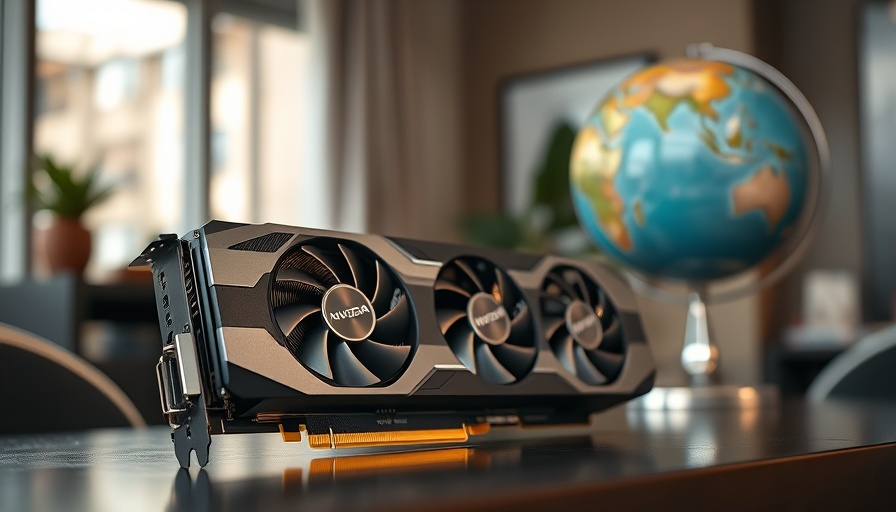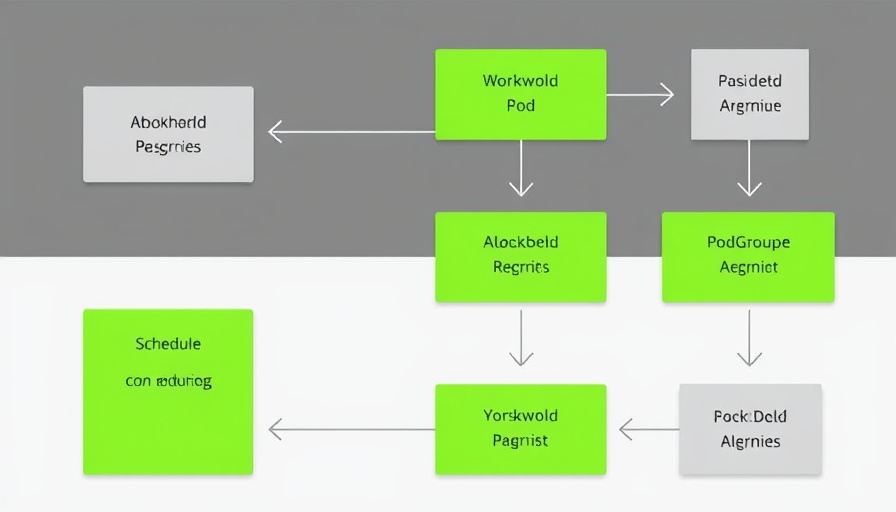
The Race for the Nvidia RTX 5070: An Analysis of Supply and Demand
Amidst soaring demand and critically low supply, Nvidia's latest RTX 5070 cards have become the hottest commodity in the tech market, selling out within minutes of their launch. As artificial intelligence enthusiasts eagerly await new hardware to boost their deep learning and AI projects, the question remains: why are these cards vanishing into thin air?
Supply Chain Constraints: The Real Culprit?
As seen with previous Nvidia launches, particularly the RTX 5070 Ti and 5080 series, the RTX 5070 release was predicted to follow a similar fate. From the moment orders opened at 9 AM EST, retailers like Best Buy and Newegg indicated all stocks were depleted in less than ten minutes. This trend shows that the combination of gaming hype and limited supply continues to plague the graphics card market.
A key factor contributing to the unavailability can be traced back to supply chain issues that have persisted since the pandemic. Despite Nvidia's big push for these next-gen cards, semiconductor shortages have worsened. With manufacturers like Asus and Gigabyte struggling to meet demand due to component shortages, prices surged. Many enhanced models are now priced significantly higher, with some approaching the RTX 5070 Ti’s price point around $750.
The Pricing Puzzle: A Market Manipulation?
Pricing discrepancies in the RTX 5070 lineup prompt inquiries into whether these marked-up prices are justified or if they reflect market manipulation tactics by Nvidia's AIB partners. While tariffs from previous U.S. administrations have contributed to price hikes, industry insiders note that some retailers and manufacturers are likely capitalizing on the consumer desire for these cards, creating an illusory sense of scarcity.
As several tech commentators suggest, the expectation of high pricing has led manufacturers to preemptively adjust their pricing strategies to maximize profit. For those who remember historical pricing trends during previous launches, this appears to be a calculated move to leverage current consumer behavior.
Competing Technologies: AMD's Surging Presence
As Nvidia struggles with supply and rising prices, AMD is attempting to carve out its stake in the GPU market with their Radeon RX 9070 and 9070 XT. AMD launched their cards with competitive pricing—$150 less than Nvidia's comparable offerings, forcing consumers to weigh their options. As AI and gaming technology evolve rapidly, AMD’s aggressive pricing strategy could sway enthusiasts toward their GPUs, particularly if price stability becomes a common theme in the current market.
This realignment suggests a potential shift in the GPU marketplace. As AI enthusiasts discover the competitive capabilities of AMD graphics solutions, Nvidia may face mounting pressure to reassess both their pricing and availability strategies.
AI Enthusiasts: What Does This Mean for You?
The implications of the current graphics card scarcity extend beyond just gaming; they directly affect AI development and experimentation. As GPU processing power is foundational in training AI models, enthusiasts seeking to push the boundaries of what they can achieve are feeling the brunt of the RTX 5070's unavailability.
For those entrenched in the AI field, it may be worth considering alternatives to Nvidia's offerings while also keeping an eye on future releases. Whether waiting for stock replenishments or looking toward AMD's competitive pricing, being proactive can open up new pathways in tech innovations.
If you're considering diving deeper into the world of AI or simply wanting to secure one of the elusive RTX 5070s, keeping abreast of market trends may prove invaluable. Act quickly and stay informed!
 Add Row
Add Row  Add
Add 




 Add Row
Add Row  Add
Add 

Write A Comment